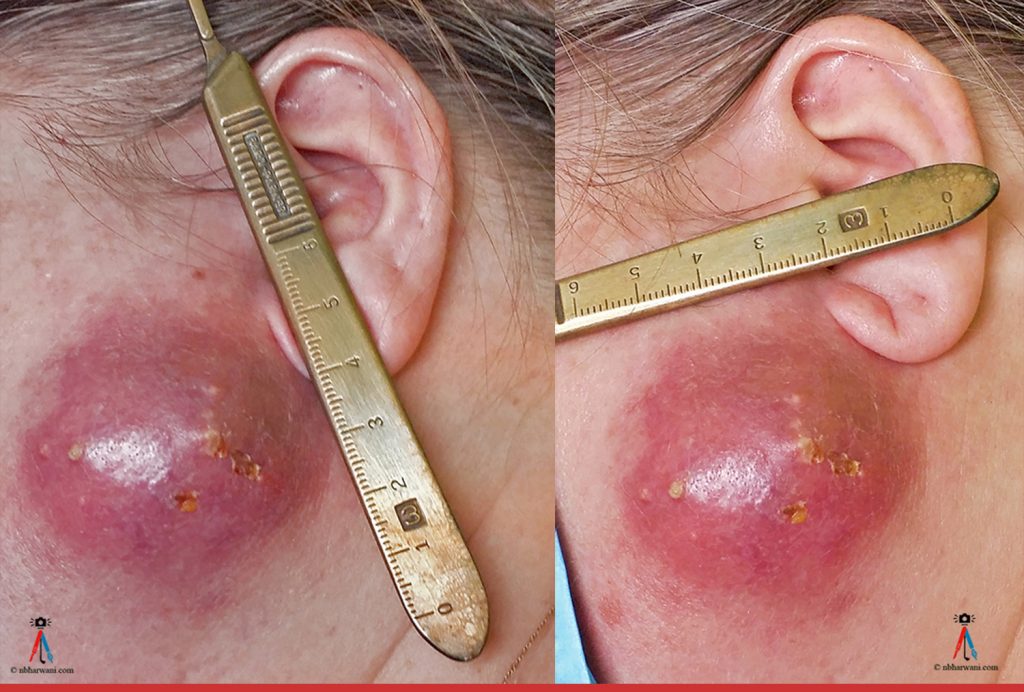First, let us face the facts. Colorectal cancer is the third most commonly diagnosed cancer in Canada. It is the second leading cause of cancer death in men and the third in women. The lifetime probabilities of dying from colorectal cancer among men and women are three to four per cent.
What’s the best way to prevent colon and rectal cancer?
We have been doing colonoscopies just over 50 years. The technology is changing almost every year. The service is now available almost everywhere. There are more doctors doing colonoscopy. And people are getting the procedure done more often. The indications of doing the procedure are increasing everyday. The saying goes, “If you haven’t had a colonoscopy then you need one. If have had one then you need another one!” Is that the way to go?
Last time the guidelines for colonoscopy were updated was 2001. Now, in 2016, we have new guidelines from the Canadian Task Force on Preventive Health Care. The new guidelines state there is not enough evidence to justify colonoscopies as routine screening for colorectal cancer. Instead, patients should undergo fecal occult blood testing every two years, or flexible sigmoidoscopy every 10 years. Flexible sigmoidoscopy is a procedure in which a scope is inserted in the lower portion of the colon and rectum rather than the entire tract. I used to provide that service in my office.
It is sad to note that currently no provincial screening program includes flexible sigmoidoscopy.
It is important to remember that the guidelines apply to adults aged 50 to 74, who are asymptomatic and at low risk for colorectal cancer, meaning they have no prior history of the disease, no family history, no symptoms such as blood in the stool, or genetic predisposition. If they have any of these risk factors then they need a colonoscopy – full examination of the colon and rectum.
The task force hopes that ultimately, most Canadians will likely be screened using fecal occult blood tests, which look for microscopic specks of blood in the stool that could be a sign of cancer. If that is positive then a colonoscopy is indicated. If a flexible sigmoidoscopy (a 60-cm scope which examines the rectum and left colon) is positive for any abnormal findings then the person needs a colonoscopy.
To spread this message, we have to educate the public about the risk of the disease and the safety and importance of screening. Adults 75 and over should not be ignored. If they are in good health then they should discuss with their doctor and get into the screening program.
Colonoscopy is a great test but because waiting lists are long and the potential for side effects such as bleeding or intestinal perforation are greater than they are for other tests, the guidelines recommend against using colonoscopies as a routine screening tool in asymptomatic low-risk adult.
The old guidelines (2001) recommended annual or biennial faecal occult blood test (FOBT) and flexible sigmoidoscopy every five years in asymptomatic people older than 50 years. The guideline did not recommend whether these screening modalities should be used alone or in combination or whether to include or exclude colonoscopy as an initial screening test for colorectal cancer. And provincial screening programs do not include flexible sigmoidoscopy as one of their screening options. This should change.
Start reading the preview of my book A Doctor's Journey for free on Amazon. Available on Kindle for $2.99!



